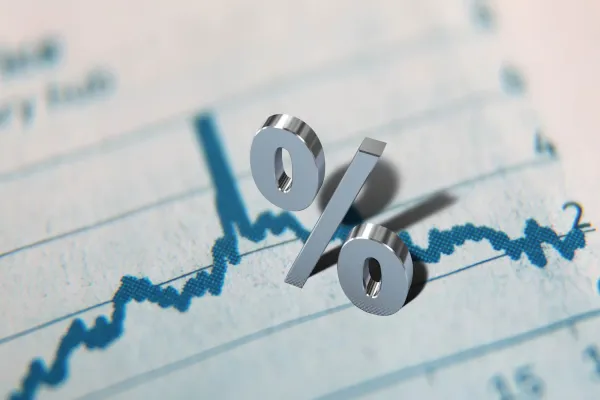The U.S. equity market enjoyed a glamorous decade before it sunk amid surging inflation and rising interest rates in 2022. But it’s unlikely to make a comeback anytime soon, according to GMO.
The profitability of U.S. stocks has been unusually high in the past decade, according to the asset manager’s latest white paper. From 2012 to 2022, the average profit margin of U.S. companies was 9.5 percent. That far exceeds the long-term average of 6.3 percent between 1950 and 2012.
GMO argues that from a macroeconomic perspective, the rise in profitability of U.S. stocks was largely driven by the growing fiscal deficit in the U.S., which rose from the long-term average of 2.8 percent to 6.6 percent over the past decade. The expanding deficit resulted from increasing government expenditures on health, income security, and social security, according to the paper.
“I don’t know if profit margins will mean revert,” James Montier, a member of GMO’s asset allocation team, wrote in the paper. “However, even if I take a very bullish view, that this is indeed a new era of permanent deficits and thus profit margins will remain elevated relative to history, I still cannot find any valuation attraction in U.S. equities in aggregate.”
The Shiller P/E ratio, also known as the cyclically adjusted price-to-earnings ratio, is currently at 30 for U.S. equities, significantly higher than that of stocks in other regions. “This dooms investors to low long-run returns,” according to Montier. “Even if we don’t get any valuation or margin mean reversion, investors are facing a return of around 3 percent real — hardly likely to be sufficient recompense for the risk of owning equities.”
Other markets appear to be much more appealing than the U.S. market. The best bargain can be found in emerging markets, where stocks are trading at a cyclically adjusted P/E ratio of 10, followed by Europe at 15, and Japan at 20, according to the paper.
For investors who must own U.S. stocks, they should consider value stocks, which are trading at a P/E ratio of roughly 15 as of April 2023, significantly lower than the P/E ratio of growth equities, which is at 30. Value is an attractive factor in other global markets, too. In emerging markets, value stocks are trading at a P/E ratio of 7, followed by Europe at 12.5, and Japan at 15.
“Emerging markets, Europe, and Japan all offer much better expected returns than the U.S.,” Montier concluded. “If one is willing to dig a little deeper, then value within these markets looks like the best hope for generating decent returns.”







